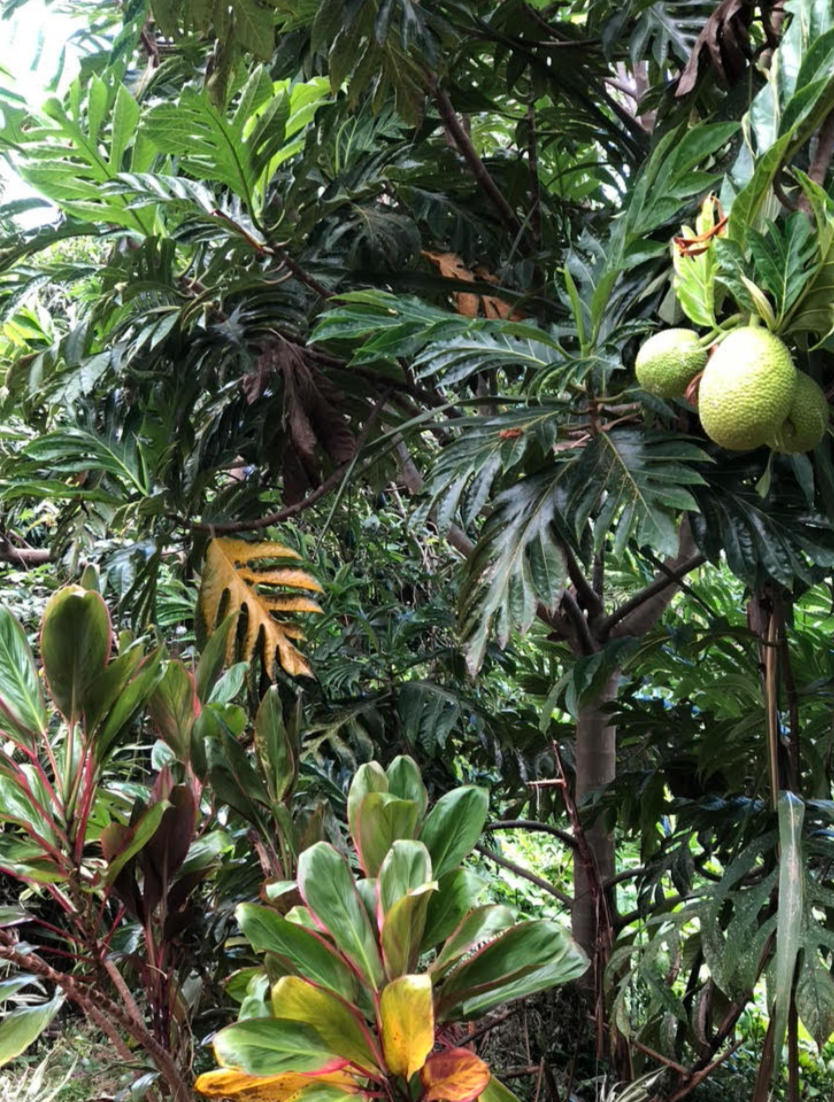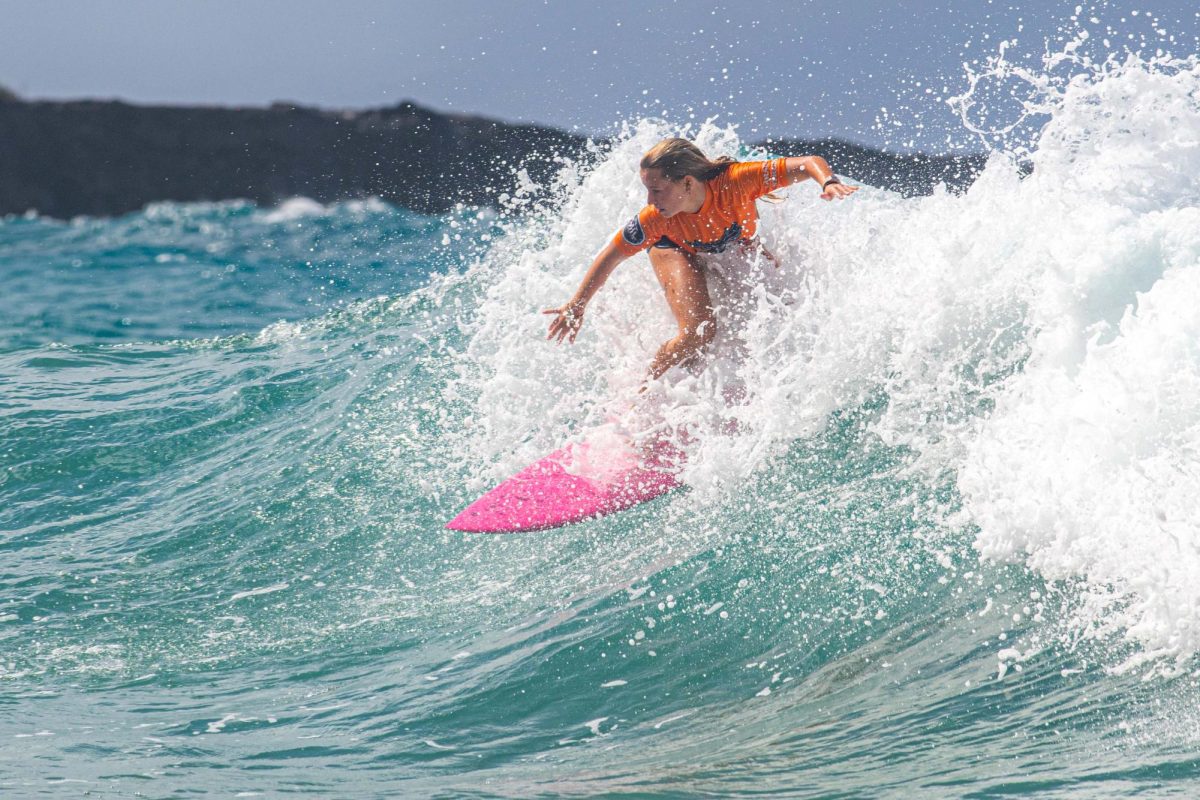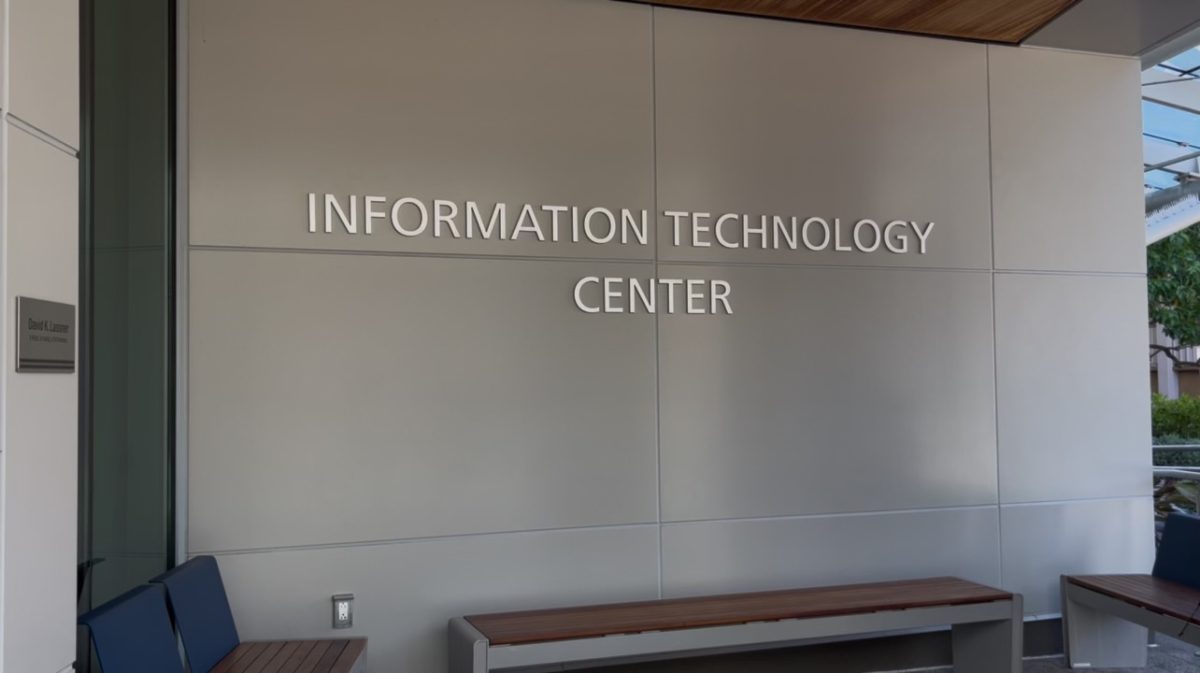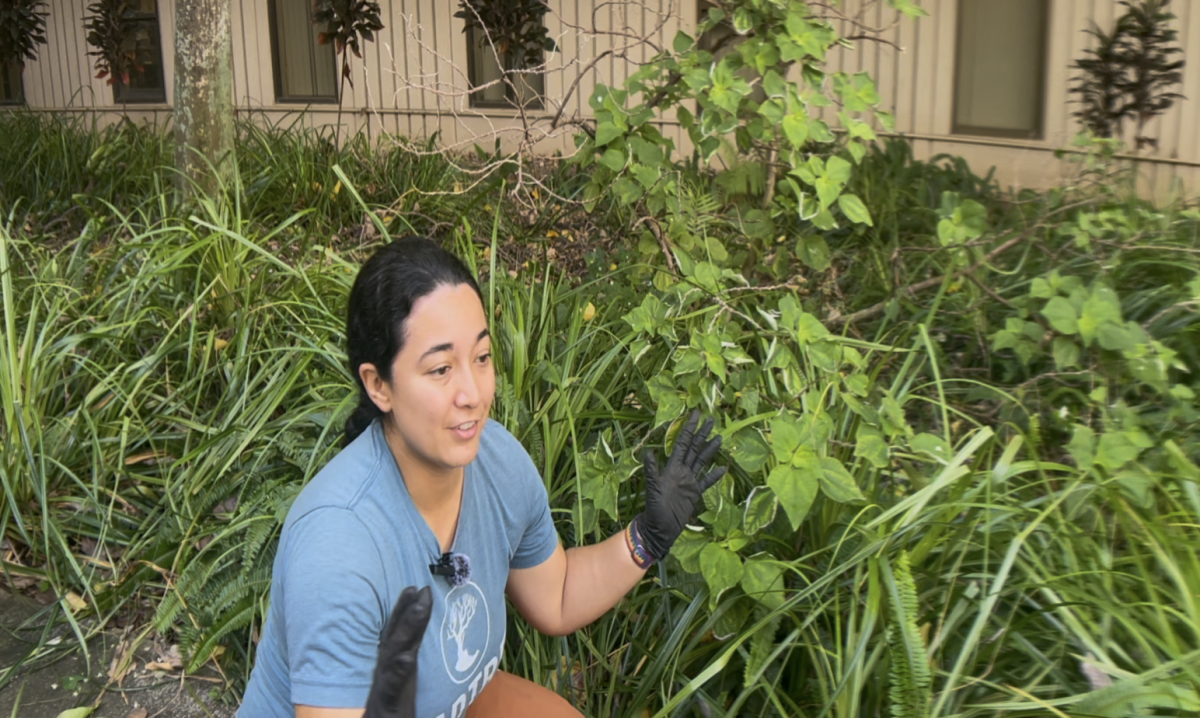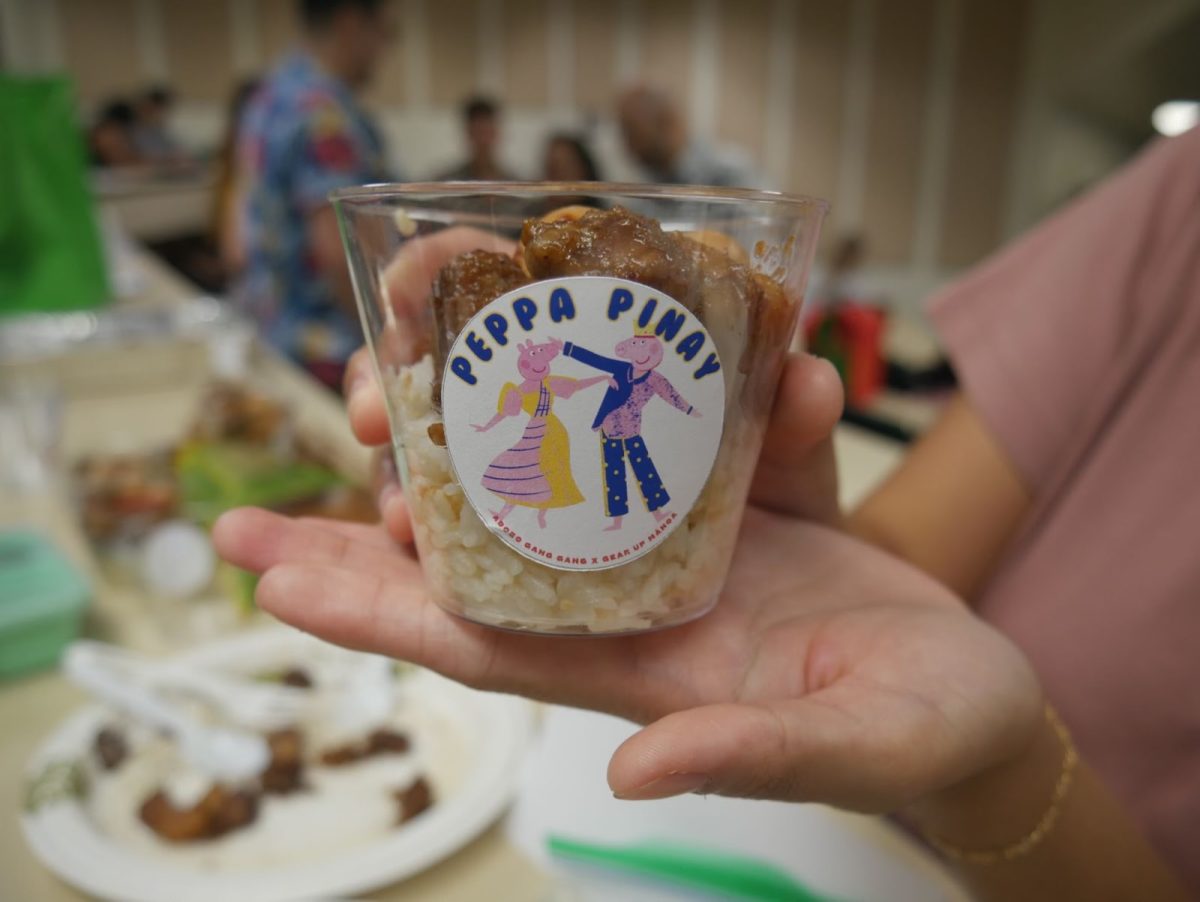In the heart of the Kona coffee belt, surrounded by coffee farms on all sides, Noa Lincoln and his team pick breadfruit on their 3.8-acre ʻulu (breadfruit) farm, restoring the traditional Hawaiian agroforestry system known as Kalaʻulu.
Lincoln recently spearheaded a team of University of Hawaiʻi researchers to investigate the distribution of traditional Hawaiian agroforests, uncovering significant insights into the history of Hawaiian land cultivation and management practices.
Agroforestry encompasses a diverse array of farming practices that utilize elements and structures typically found in forests. At its core, an agroforestry system consists of three key components: the canopy, the subcanopy, and the groundcover. These components synergistically interact to optimize the utilization and cycling of nutrients.
Lincoln describes this as an agriculture system focused on “interaction and intentionality.”
Originally from Hawaiʻi Island, Lincoln said he disliked existing agriculture maps of the island, noting that they lacked crucial information.
“Seeing those maps always bothered me because there were huge regions on the Big Island that we know were heavily populated, that we know were based on agroforestry,” Lincoln said, “and they just show up as big blank spots on these maps, as if our ancestors weren’t doing anything.”
Lincoln’s research focused on answering the question “How did our ancestors evolve and adapt to the ecological diversity of Hawaiʻi?”
To achieve this, he said, the team regarded trees as physical infrastructure, providing insight into a traditional landscape based on agroforestry. They amalgamated multiple unrelated data sets to construct a comprehensive view. These data sets consisted of remote sensing of satellite imagery to identify remnant trees, archaeological reports from the State Historic Preservation Division, and a georeferenced collection of hundreds of 19th century maps for historical landscape data. Using GIS spatial modeling, the team delineated the distribution of Hawaii’s traditional agroforestry practices.
PhD student and researcher Tiffany Lee georeferenced historical maps depicting traditional agroforestry. Her work involved interpreting symbols, plotting points for each system and depicted form of vegetation, categorizing the data, and then integrating everything into GIS software. These findings were subsequently published in the scientific journal Ecology & Society.
“I jokingly refer to it as my labor of love,” Lee said, “going through thousands of maps.”
What the team discovered was a remarkably extensive agroforestry footprint in Hawaii. Lincoln said that, despite expecting a significant agroforestry presence, they were still taken aback by its actual size.
“As recently as 200 years ago, the ways of growing food around the world were pretty diverse,” Lincoln said. “And in the last several centuries, we went from all these different unique ways of growing food straight to European monoculture.”
The next step is revitalization of traditional land cultivation methods to harmonize with the land, rather than working against it.
“We are working on restoring agroforestry as a solution,” Lincoln said. “I mean our agriculture systems globally, you know, are pretty f— up. They’re causing massive ecological damage, contributing to greenhouse gas emissions, and there’s nutritional and social issues. At a global stage, we need food system transformation.”
In stark contrast, traditional Hawaiian land cultivation practices harmonized with the function and capacity of the ecosystem.
“They were very keen observers,” said Lincoln. “When you look at the distribution of not just agroforestry, but of all their agriculture, it follows these invisible lines in the ecosystem. It’s really impressive. Hawaiians were following these chemical thresholds perfectly. Without the knowledge of soil science or chemistry, they were clearly able to observe these patterns in the landscape and adapt what they were doing in accordance with those.”
One of the ways Lincoln upholds agroforestry practices is with his ʻulu farm in the middle of the Kona coffee belt.
Started by Lincoln and his wife, Danna Shapiro, their ʻulu co-op team is dedicated to revitalizing ʻulu agroforestry practices using a viable economic and agronomic model. Other crops cultivated on this farm include kalo (taro), ʻolena (turmeric), and ʻawa (kava).
Lincoln added, “We use breadfruit as a symbol of food system transformation.”
Breadfruit is unique as one of the few staple starch crops that grow on a long limbed-tree, contrasting sharply with high-input, high-disturbance agricultural systems.
“This approach also addresses issues of food sovereignty and justice to some extent,” Lincoln said.
Using place based adaptations and mimicking natural ecosystem functions preserves the health and well-being of the landscape, he added.
“We kind of think of the land having its own Mauli, you know, it’s own life force,” Lincoln said. “To me, it’s what that landscape wants to be.”
